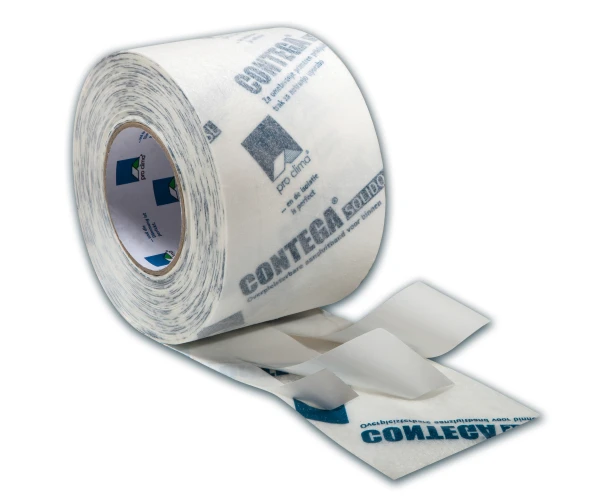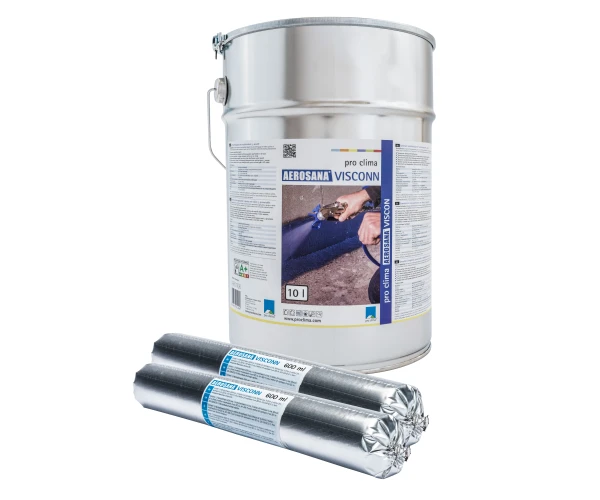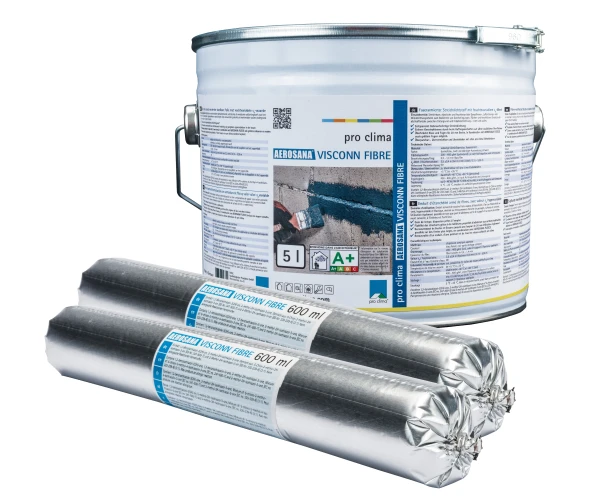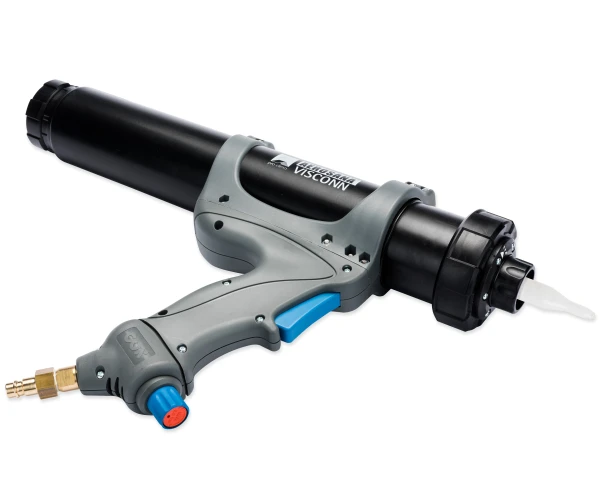Go to Section
Airtightness at Window Junctions: Sealing with Tape or Liquid Membrane?
Monday 11th April 2022
Over the years manufacturers like Pro Clima have developed solutions to make airtightness as easy as possible for the end user. Airtightness tapes have long been established as a useful solution to a wide range of airtight detailing, from bonding membranes overlaps to sealing gaps between walls and windows. However, in more recent years we have seen the rise in popularity of airtight liquid membranes, also known as ‘airtight paints’. Seeing as most air leakage occurs around windows and doors, is it better to stick to the traditional airtightness tape or paint on a liquid membrane?
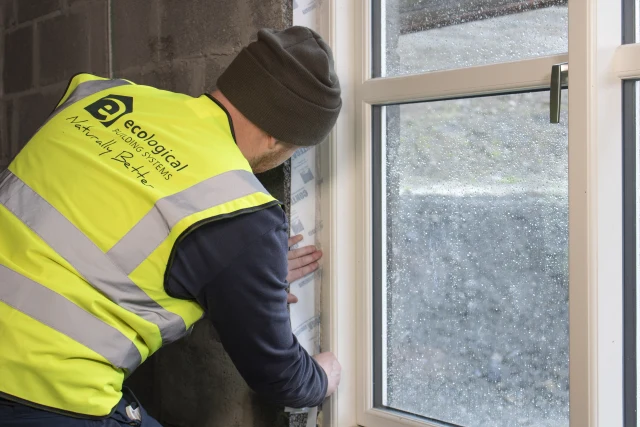
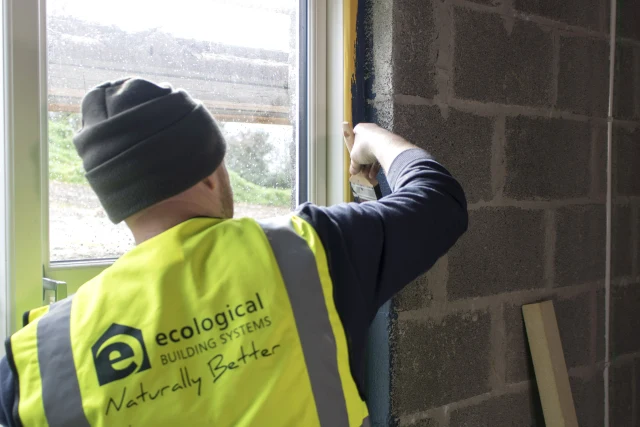
Blog author

Joe Fitzgerald
Technical Manager
Joe is a Passivhaus Contractor with Degree qualifications in Sustainable Construction and Energy Management. He also completed Postgraduate Diplomas in Green Engineering and Advanced Thermal Modelling and a Postgraduate Certificate in Hygrothermal Risk Assessment.



